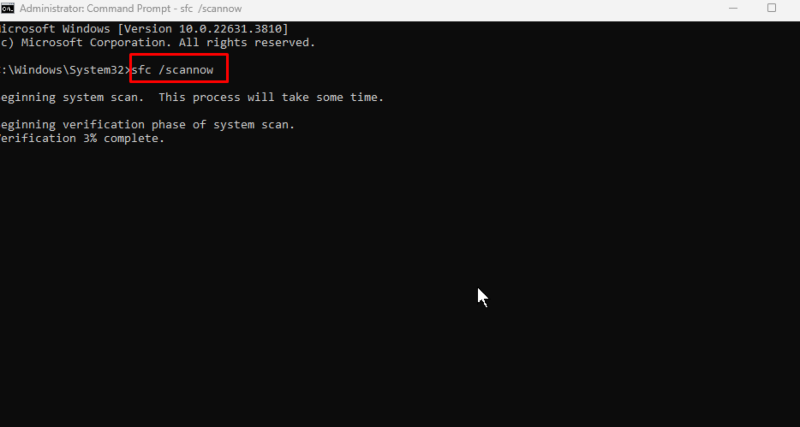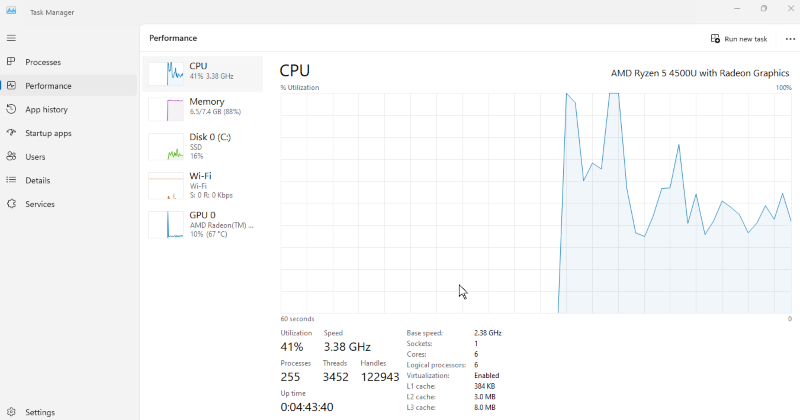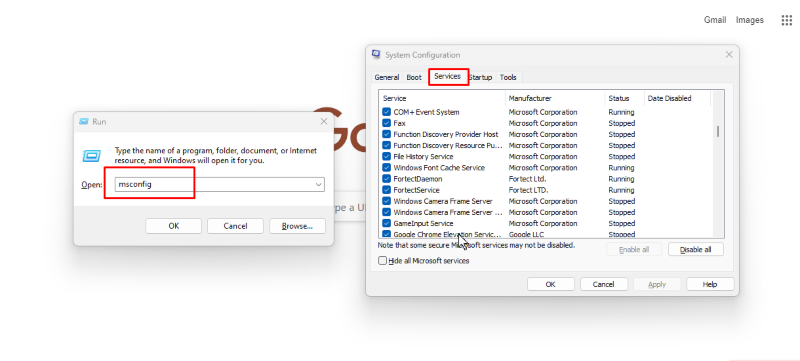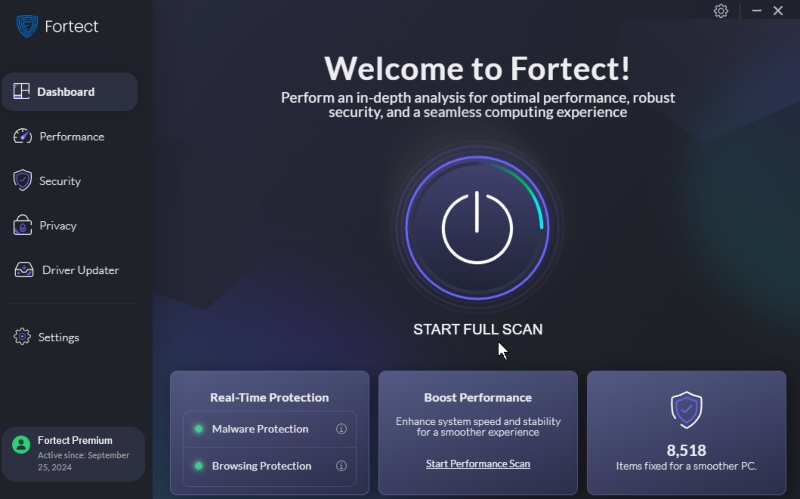How to Repair System Errors That Cause Windows Apps to Crash
Windows apps crashing can disrupt workflow and productivity. Understanding the reasons behind these crashes and implementing practical solutions is crucial for maintaining a stable computing experience.
Why are Windows Apps Crashing?

Windows apps may crash for various reasons, including corrupted system files, outdated software, conflicting applications, or issues with system resources like RAM or disk space. These crashes can occur intermittently or persistently, impacting the user experience and requiring prompt resolution.
How to Fix Apps Crashing in Windows 10/11?
1. Perform System File Checker (SFC) Scan
Running an SFC scan helps identify and repair corrupted or missing system files that may be causing apps to crash.

- Open Command Prompt as Administrator: Right-click on the Start menu and select “Command Prompt (Admin).”
- To run SFC Scan, Type sfc /scannow and press Enter. Allow the scan to complete; it may take some time.
- Review Scan Results: If SFC finds issues, it will attempt to repair them automatically.
2. Update Windows and Apps
Keeping Windows and installed apps up-to-date ensures compatibility with the latest features and security patches, reducing the likelihood of crashes.
- Check for Windows Updates: Go to Settings > Update & Security > Windows Update.
- Check for App Updates: Open the Microsoft Store or individual app settings to check for updates.
- Install Updates: Follow on-screen instructions to download and install available updates.
3. Check and Manage System Resources
Insufficient system resources, such as RAM or disk space, can lead to app crashes. Effectively managing these resources can prevent crashes and improve overall system performance.

- Check Resource Usage: Open Task Manager (Ctrl + Shift + Esc) and review resource usage under the “Performance” tab.
- Close Unnecessary Apps: End tasks of unnecessary or resource-intensive apps.
- Free Up Disk Space: Use Disk Cleanup (Win + S and type “Disk Cleanup”) to remove temporary files and free up disk space.
4. Disable Compatibility Mode
Running apps in compatibility mode designed for older versions of Windows can sometimes cause instability and crashes. Disabling compatibility mode can resolve compatibility-related app crashes.
- Right-click on App Shortcut: Locate the app’s shortcut, causing crashes.
- Open Properties: Right-click and select “Properties”.
- Compatibility Tab: Navigate to the “Compatibility” tab.
- Disable Compatibility Mode: Uncheck any boxes related to compatibility mode settings.
5. Perform a Clean Boot
Performing a clean boot helps identify if third-party applications or services are causing conflicts that lead to app crashes.

- Open System Configuration: Press Win + R, type msconfig, and press Enter.
- Navigate to the Services Tab: Check “Hide all Microsoft services” and click “Disable all”.
- Navigate to the Startup Tab: Click “Open Task Manager,” turn off startup items, and restart your computer.
6. Check for Malware and Viruses
Malware or viruses can infect system files or apps, causing them to crash. A thorough scan with reputable antivirus software can detect and remove malicious programs, potentially resolving app crashes.
- Run Full System Scan: Open your antivirus software and initiate a full system scan.
- Quarantine or Remove Threats: Follow antivirus prompts to quarantine or remove detected threats.
If you’ve exhausted all troubleshooting options and system errors causing Windows apps to crash persist, consider the possibility of a virus or malware infection. In such cases, investing in a comprehensive third-party security solution with advanced virus and malware detection and protection capabilities may be beneficial.

A premium service like Fortect offers extensive malware scanning and defense features. It automatically checks for potential threats that could cause app crashes, provides timely alerts, isolates issues, and implements fixes. This approach aims to restore your PC to regular operation while optimizing its performance.
Download and Install Fortect now.
Conclusion
Users can minimize app crashes and maintain a stable computing environment by understanding the causes of Windows apps crashing and implementing proactive solutions like running SFC scans, keeping software updated, managing system resources, disabling compatibility mode, and scanning for malware.
Regular maintenance and awareness of potential issues ensure a smoother and more productive experience on Windows 10/11.




